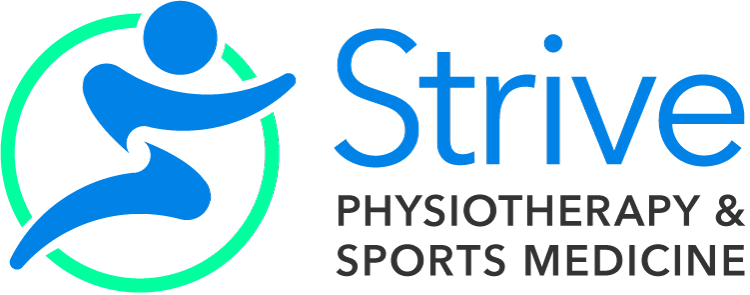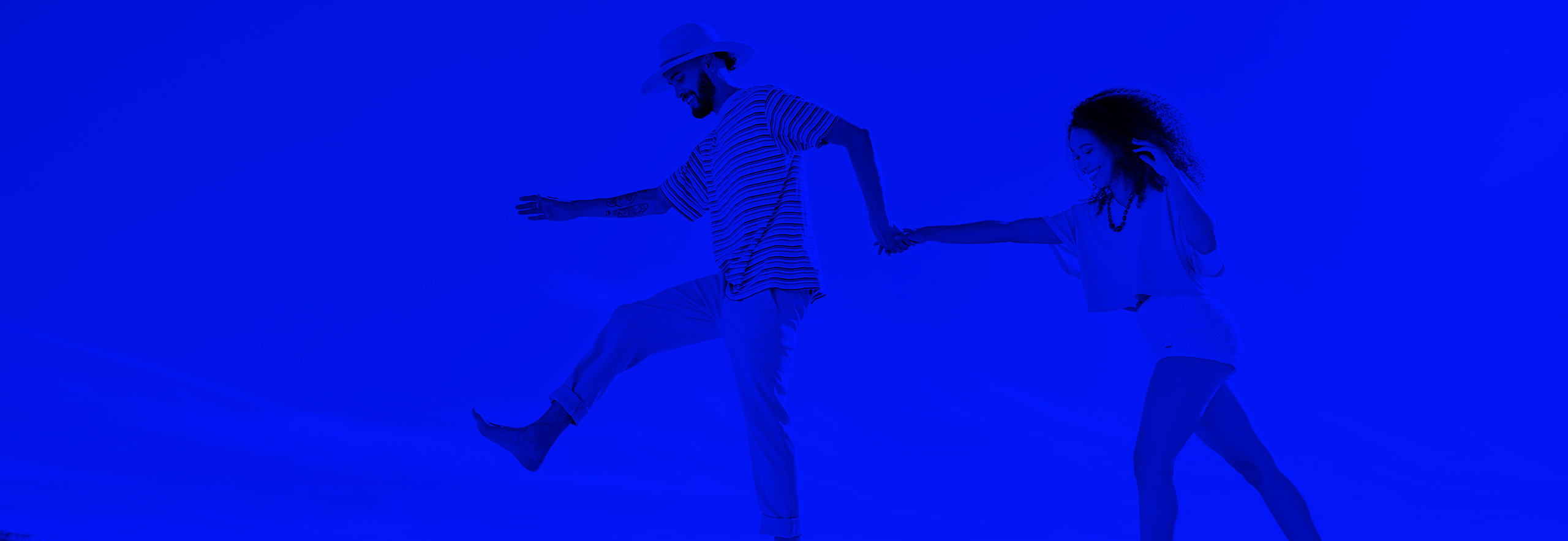What Is IC? What Is PBS?
Interstitial Cystitis (IC) is a condition involving unpleasant sensations (pain, pressure and urge) with identifiable bladder disease. Often on imaging of the bladder there will be lesions visible within the bladder wall called Hunner’s lesions. However, the presence of Hunner’s lesions is not necessary to receive a diagnosis of IC. Painful Bladder Syndrome or PBS is a condition involving unpleasant sensation (pain, pressure and urge) perceived to be related to the bladder of more than six weeks in duration and in the absence of bladder infection or other identifiable cause.
These two conditions are often used interchangeably. IC/PBS will often coexist with irritable bowel syndrome, vulvodynia, vestibulodynia, Raynaud’s syndrome, migraine headaches and fibromyalgia.
What Causes IC/PBS? What Are Common Symptoms Of IC/PBS?
IC has traditionally been looked at as a problem of the bladder with treatment approaches focusing exclusively on the bladder itself. However, more recent evidence has been showing that the pelvic floor muscles may instead be the pain generator in IC. There are also some thoughts that IC may predominately be a problem of the Sensitive Nervous System, more similar in nature to Complex Regional Pain Syndrome.
Other possible causes of IC could be an event that lead to trauma of the lining of the bladder, such as pelvic surgery, bladder distention (possibly linked to long periods without bathroom use) or bacterial infection.
It is possible for there to be a triggering event – urinary tract infection, child birth, surgery, viral illness or physical or psychological trauma.
Common symptoms of IC or PBS are urinary frequency and urgency, pain felt in the area above the pubic bone and increased symptoms of urinary urgency or pain with intercourse.
How Can Physiotherapy Help My IC/PBS?
Physiotherapy for IC/PBS will focus on a number of different areas. First, it is common for people with IC/PBS to have limitations in mobility throughout the spine and pelvic region, as well as excessive muscle and connective tissue tension and/or weakness throughout the legs, hips, groin and trunk area. An exercise program focusing on the specific areas of tension for the client will be determined. Also, manual therapy focusing on myofascial release can be very effective in decreasing pain in clients with IC/PBS. A focus on decreasing the sensitivity of the nervous system will also be useful. This will be done with proper breathing techniques, mindfulness or meditation practices, as well as through pain free movement and mobility practices.
Focusing on the bowel and bladder of the client can help identify areas of the diet or fluid intake that may be exacerbating the bladder symptoms. Education regarding bladder irritants, hydration goals, and awareness of dietary triggers may also help manage the symptoms of IC/PBS.
Lastly, a multidisciplinary, biopsychosocial approach to treating IC/PBS may be necessary. For instance, finding a psychotherapist to work with the client on the psychological and social factors that are often involved in IC/PBS may help to influence the pain the client is experiencing.
What Are The Best Exercises To Help With My IC/PBS And What Can I Do At Home?
Learning how to breathe properly to get a relaxation or lengthening of the pelvic floor muscles can help manage the typical increase in tension of the pelvic floor muscles in IC/PBS. This can be done in different positions that already add length/stretch to the pelvic floor muscles to help assist in the lengthening. Learning proper toileting postures and techniques can also help to manage the symptoms often associated with IC/PBS.
To get you started, try these exercises:
Performing a daily exercise program of releasing tension in certain structures with stretching and breathing and strengthening other structures with resistance exercises will be useful. To help you focus on the areas specific to you, be assessed by a clinician skilled in Pelvic Health Rehabilitation. Performing a bowel and bladder diary may assist is finding dietary changes that could be made by the client to help manage the symptoms of IC/PBS.
Lastly, performing some form of meditation or mindfulness daily to help decrease the sensitivity of the Sympathetic Nervous System will be helpful in managing the pain, stress and worry that often accompanies IC/PBS.
Please keep in mind that these exercises were designed as a place to start to address your symptoms. These exercises should not be performed or continued if they cause or increase your pain in any way. Using these exercises for self-management of your symptoms does not replace the value of being assessed by a Health Professional. If you find you need help, let a Strive Pelvic Health Rehabilitation Physiotherapist help you, book your time today!

Written in 2020 by
Stephanie Gardonio
BPHE, BSc, MScPT
Pelvic Health Rehabilitation
Stephanie has curated a Physiotherapy tool box that allows her multiple points of view to meet her patients’ needs. She has taken courses in the McKenzie Method for assessing and treating spinal conditions. She has completed mat and reformer Rehabilitative Pilates courses through Stott Pilates, training she uses to create customized exercise programs. Understanding the roll of the pelvic floor in the effective treatment of low back pain, sacroiliac joint dysfunction, bowel and bladder dysfunction and during a women’s journey from pre-natal to post-natal, she has completed Pelvic Health Rehabilitation courses. She is qualified to perform internal assessment and treatment of the pelvic floor.


